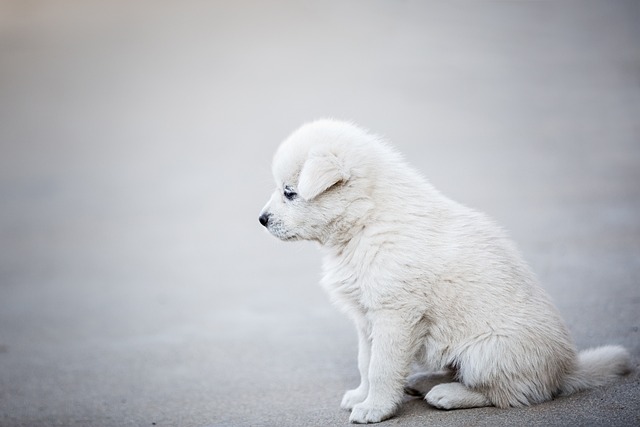
Do dogs like cold or warm water for baths?
Most dogs don’t jump for joy at bath time, but the right water temperature can turn a stressful chore into a calmer experience.
I stood in my friend Jake’s Boston outdoor store last month, watching him stare at a wall of dog camping gear—puzzled, holding a flimsy-looking bed and a frayed leash. “We’re doing our first camping trip next weekend, but I have no clue what to pick. What are the features to look for in dog camping gear that won’t let us down?” he asked, eyeing a neon-colored harness (Mabel, his 1-year-old Beagle, hates bright stuff). If you’re a new U.S. dog owner gearing up for outdoor adventures, the best camping gear isn’t about flash—it’s about safety, durability, and keeping your pup comfortable in the woods. The right features turn a stressful trip into a fun one, whether you’re car camping or hiking a trail.
To understand what are the features to look for in dog camping gear, let’s break down why “camping-specific” matters. Jake’s trainer, Maria, explained that regular pet gear (like apartment beds or city leashes) can fail outdoors: thin beds get soaked in dew, flimsy leashes snap if your dog chases a squirrel, and cheap bowls tip over in wind. Camping gear needs to handle dirt, moisture, and rough terrain—while keeping your dog secure. Mabel, a curious Beagle who sniffs every bush, needs gear that keeps her safe without cramping her style. Unlike buying a toy (where “cute” works), camping gear is functional first; skipping key features (like reflective strips) can put your dog at risk. Scolding a dog for disliking bad gear (if Mabel refused the neon harness) violates U.S. animal welfare standards; she wouldn’t be “stubborn”—she’d be uncomfortable, and our job is to pick gear that fits her, not the other way around.
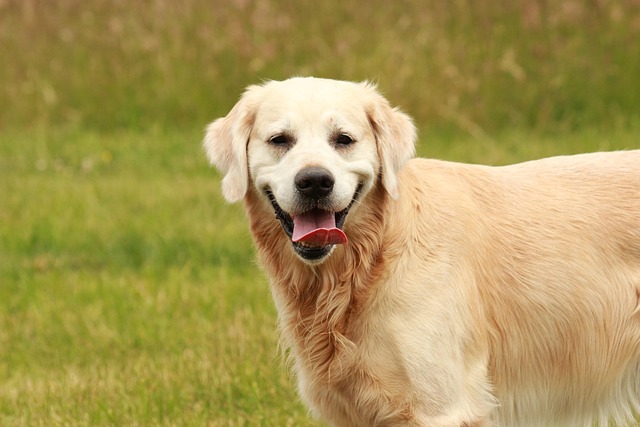
Here’s what are the features to look for in dog camping gear, using Jake’s curated list for Mabel: First, a durable, weatherproof sleeping setup. Maria told Jake to skip cotton beds—opt for a waterproof, elevated cot (keeps Mabel off cold, damp ground) and a insulated sleeping bag (for cool New England nights). He picked one with a machine-washable cover (easy to clean after mud) and enough room for her to curl up. Second, a secure, trail-ready harness and leash. A standard collar can choke Mabel if she pulls, so he chose a no-pull harness with padded straps (prevents rubbing) and a 6-foot reflective leash (visible at dusk, critical for trails). He avoided retractable leashes—they’re unsafe on uneven ground. Third, sturdy, spill-proof food and water gear. Collapsible bowls are a must (save space in packs), but Jake picked ones with a rubber base (stays put on picnic tables) and a 1-liter water bladder with a attached bowl (easy to give Mabel sips on hikes). He also added a portable water filter—some stream water has bacteria that make dogs sick. Fourth, safety extras you can’t skip. A LED collar light (for nighttime potty runs), a first-aid kit (with vet-approved antiseptic and gauze), and a ID tag with his campsite info (in case Mabel wanders) topped his list. Maria stressed: “Safety gear isn’t optional—it’s non-negotiable.”
For camping etiquette and compliance, these features tie into good habits: Jake packs extra biodegradable poop bags (U.S. national parks fine $200 for leaving waste) and a trowel to bury waste 6+ inches deep (Leave No Trace rules). He keeps Mabel on-leash at all times (required in most campgrounds) and uses the padded harness to redirect her gently if she tugs (positive reinforcement, no yanking). Before the trip, he updated Mabel’s rabies vaccine (mandatory everywhere, even the woods) and got a copy of her records—some campgrounds ask for proof. He also picked a low-profile bowl (won’t block the picnic table for other campers) and a quiet toy (no loud squeakers that disturb neighbors). Maria reminded him to test gear at home first: Mabel slept in her cot for a week before the trip, so she saw it as “her spot,” not something new.
A week later, Jake texted me a photo: Mabel curled in her camping bed, next to the campfire, tail wagging. What are the features to look for in dog camping gear? For Mabel, it was waterproof, secure, and comfortable. For your pup, it’s about matching gear to their breed (curious hounds need sturdy leashes!) and the trip type. With the right features, your dog won’t just be a “camping buddy”—they’ll be a happy one.

Most dogs don’t jump for joy at bath time, but the right water temperature can turn a stressful chore into a calmer experience.
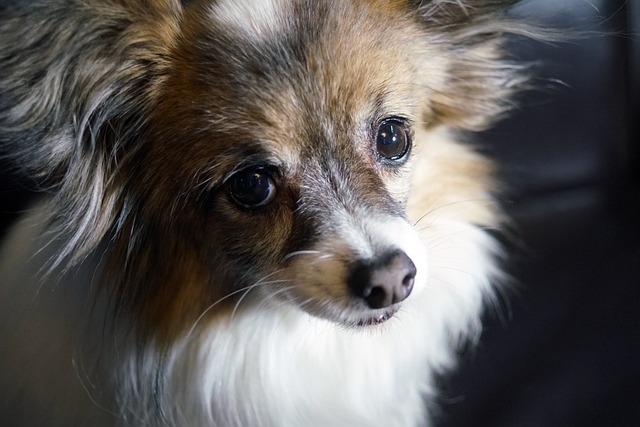
I sat on my friend Jake’s Boston living room floor last weekend, watching him lean in to kiss his 1-year-old Beagle, Daisy—who immediately turned her head

I’ll start with a scenario of a new owner asking how to protect their young pup from future cognitive issues, explain the science behind preventing CCD (focused on brain health and aging)
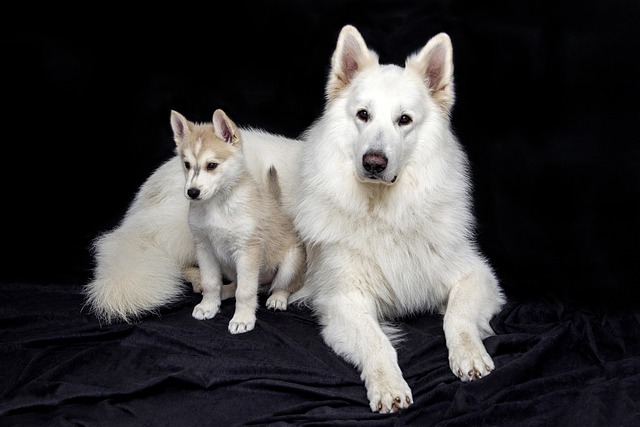
Many dog owners want to know what goes into a healthy homemade diet for their pups, especially when store-bought options don’t always fit their pet’s needs.
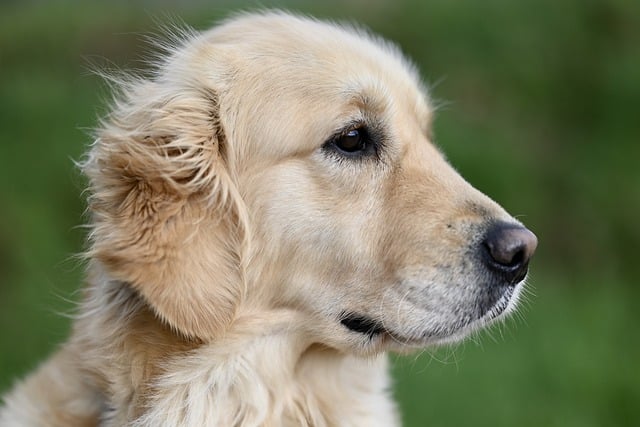
I’ll start with a relatable scenario of a new owner dealing with a soaked camping bed after rain, clarify that not all camping dog beds are waterproof
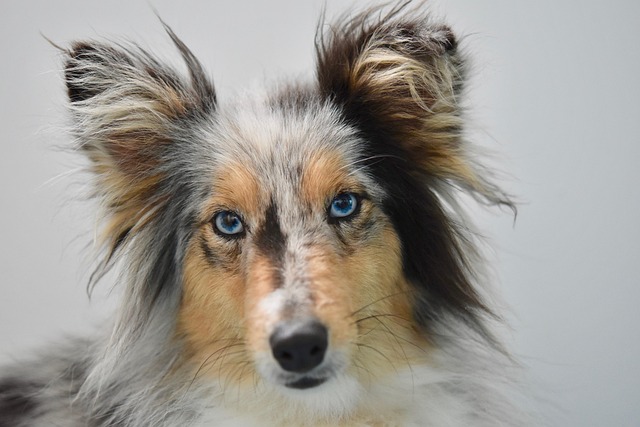
Most dogs don’t need routine gland expression until they hit specific life stages, but watching for signs matters more than a strict age.